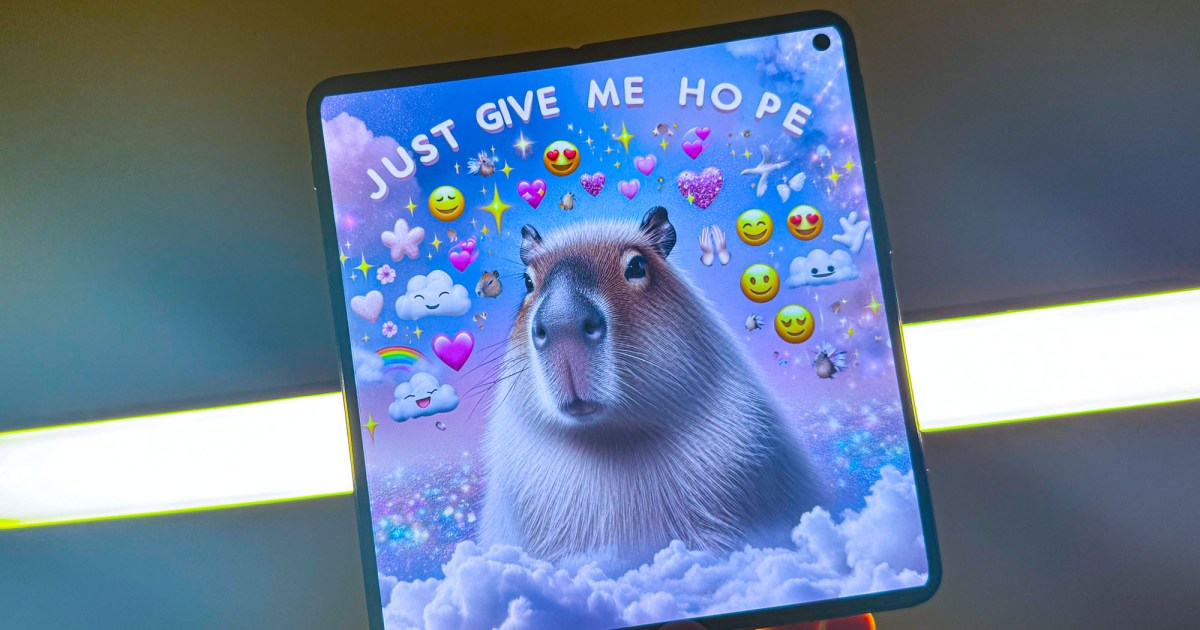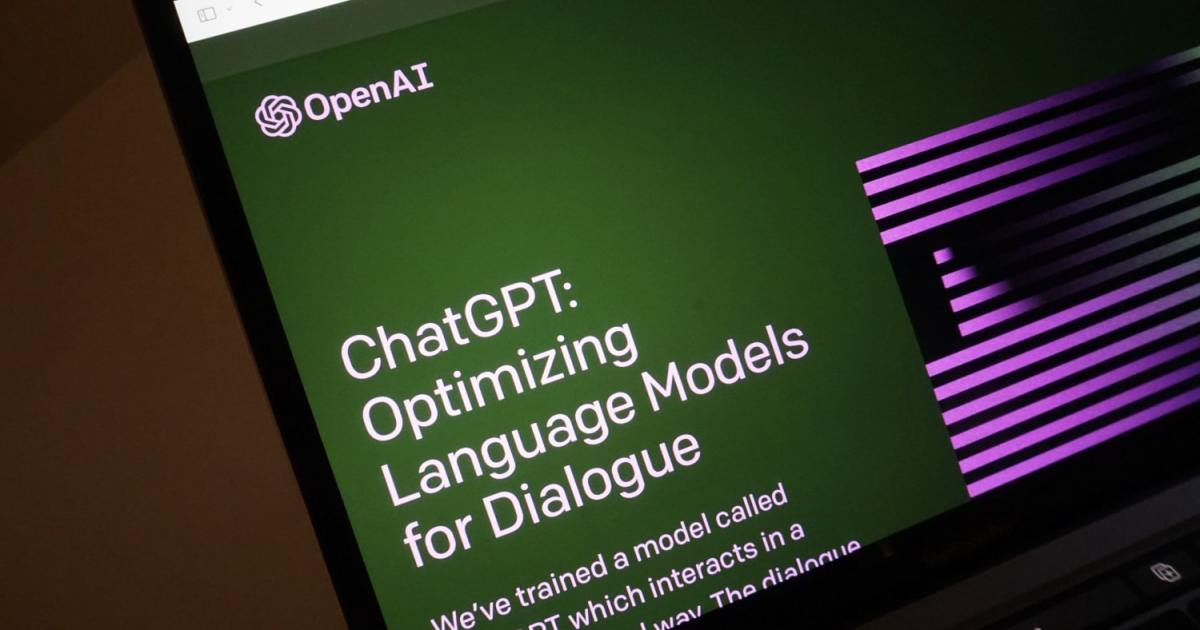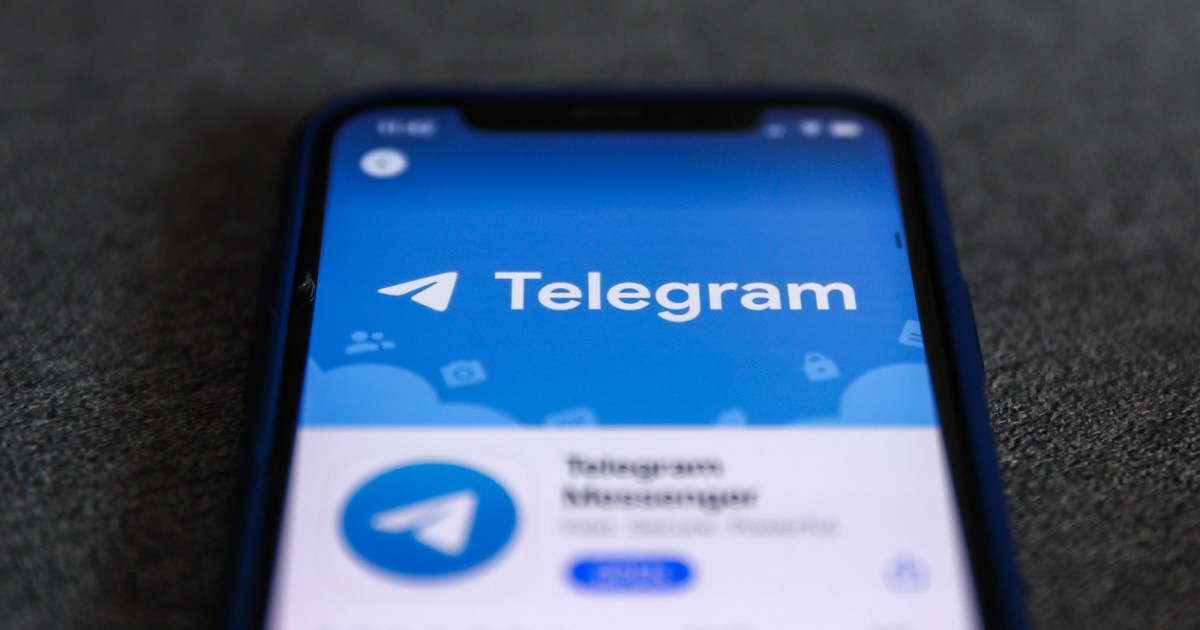OpenAI continues its dominance in the AI arena, with new research revealing the remarkable success of its paid subscription service, ChatGPT Plus. A recent study by Futuresearch estimates OpenAI’s annual recurring revenue at a staggering $3.4 billion.
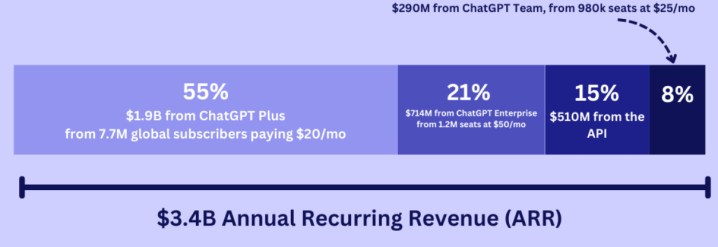 a graph showing OpenAI
a graph showing OpenAI
Breaking Down OpenAI’s Revenue Streams
A significant portion of OpenAI’s revenue, approximately $1.9 billion (55%), is generated by its 7.7 million ChatGPT Plus subscribers, each paying $20 per month. ChatGPT Enterprise, priced at $50 per month, contributes another $714 million (21%) with 1.2 million subscribers. The remaining revenue comes from the AI’s API ($510 million, 15%) and ChatGPT Teams ($290 million, 8%) with 980,000 subscribers at $25 per month. In total, OpenAI boasts an estimated 9.88 million monthly subscribers.
This subscriber base surpasses even established players like YouTube TV, the fourth-largest cable television network in the US, with its reported 8 million subscribers. While not quite matching Disney+’s explosive launch with over 10 million sign-ups on its first day, OpenAI’s achievement is significant, particularly at a $20 monthly price point.
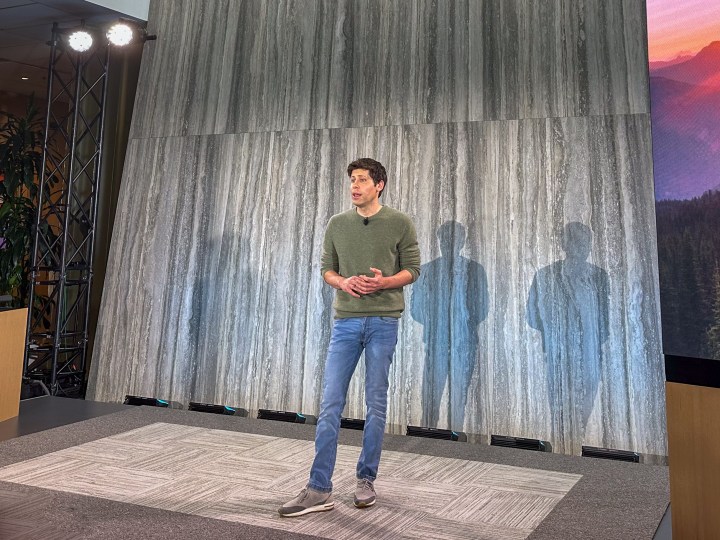 OpenAI CEO Sam Altman standing on stage at a product event.
OpenAI CEO Sam Altman standing on stage at a product event.
OpenAI’s Ambitious AGI Roadmap
With such substantial income, the question arises: What is OpenAI doing with these resources? A recent Bloomberg report sheds light on this, detailing OpenAI’s development of a five-tier scale to measure the capabilities of its AI systems as it strives towards achieving Artificial General Intelligence (AGI) within the next decade.
This scale, shared internally with employees and investors, aligns with OpenAI’s charter, which defines AGI as “highly autonomous systems that outperform humans at most economically valuable work — benefits all of humanity.”
The Five Levels of AI Capability
The scale begins at Level 1, representing conversational AI, similar to current chatbots. Level 2, which OpenAI believes is currently within reach, defines “Reasoners,” AI capable of problem-solving at a doctorate-level. The increasing number of AI passing professional exams, like the bar and medical licensing, provides evidence of this progress.
Level 3 describes “Agents,” AI capable of operating on a user’s behalf across multiple days and systems, akin to a significantly enhanced version of current virtual assistants. “Innovators” at Level 4 represent AI capable of generating novel solutions to problems. Finally, Level 5 defines “Organizations,” AI capable of performing the tasks of an entire human workforce. OpenAI acknowledges this categorization is preliminary and subject to future adjustments.
The Race Towards AGI
The concept of AI rivaling human intelligence has existed for decades, although the necessary breakthroughs have consistently remained just out of reach. However, the launch of ChatGPT in 2022 has significantly accelerated the predicted timeline for achieving AGI. Experts like Shane Legg, co-founder of Google DeepMind, estimate a 50% chance of developing AGI by 2028, while Anthropic CEO Dario Amodei predicts achievement within the next two years.
With its substantial resources and ambitious roadmap, OpenAI appears well-positioned to lead the charge in this exciting race towards AGI.




